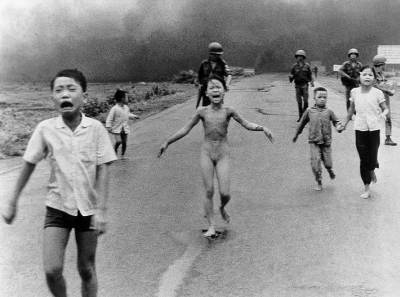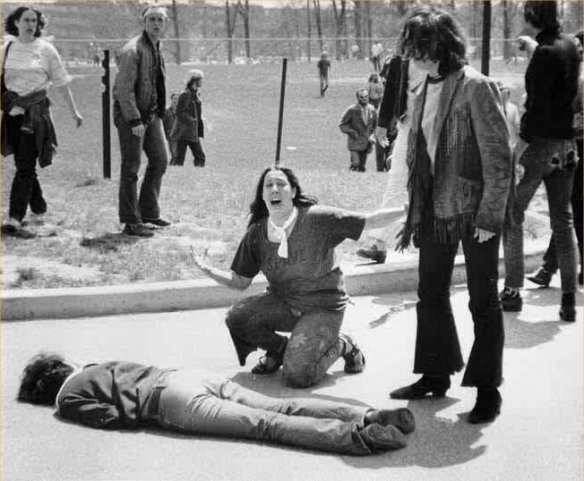Depending upon whom you ask, the history of the comic book business can be traced to a variety of founders. However, most comic book fanatics attribute the creation of the American comic to be associated with “The Yellow Kid in McFadden’s Flats.” Although this comic was not the first one of its kind created, it was the first to coin and use the term comic book to describe itself(Origins of the Kid 1). Before this was a multitude of closely related comic literature called “penny dreadfuls” in the United Kingdom. These were sold throughout the middle to late-nineteenth century throughout the U.K (Haining 15.) This era is often dubbed the “platinum age” by comic book historians, an era that would precede the debut and creation of the current comic books and comic book superheroes that we know today.
The history of the business as we know it today began in the late 1930s, beginning concurrently during the same time period as World War 2. Comics began to become literature that was not just tailored for a strip in a newspaper, but also instead manifested into cover-to-cover books that would contain hundreds of strips. This manifestation was made possible by the creation and publication of Superman by Jerry Siegal and Joe Schuster through what is now known as Detective Comics (DC.) The co-creators of Superman would then usher in a new era, called the golden era, where many of the most recognizable comic book heroes were created (Goulart 43). Wonder woman, Batman, Captain Marvel, and Superman were all recognizable comic book characters that became staples in many of the adolescent teen market that comic books geared to. The marketing strategy and material of comic books were geared to those age eight to thirteen. Originally, the image of the superhero was to protect the ordinary vigilante and citizen from real world dangers, such as fires, pickpockets, and street thieves. However, once superheroes began to move on to more treacherous villains, such as Hitler, the idea of a superheroes role changed. The superhero could not just fight pickpockets anymore; comic book writers had to introduce new and more treacherous villains, such as the Joker, Lex Luther, etc. (Secret Origin).
The golden age of comics also crafted my favorite superhero, Wonder Woman. I think so because she was the first representation of a character in comic books that symbolized a cultural change in America. World War 2 gave birth to a wave of feminism that showcased the abilities of women beyond the framework of the household (Crawford 1-2). Followers of the series were refreshed to see that the usual depiction of the damsel in distress had become a protector of man. Readers became disappointed when writers and story developers began to take wonder women into a more “traditional” role; one that shopped, cleaned, and gawked over guys. The negative backlash and drop in subscribers/readers became a clear indication to the writers at DC that Wonder Women was enjoyed because of her ability to transcend the stereotypical concepts of gender roles (Secret Origin). Comic books, which are targeted toward a younger audience, began to create and guide new ways of thinking in youth.
Crawford, Phillip C. “The Legacy of Wonder Woman.” Home. 1 Mar. 2007. Web. 9 Apr. 2012. <http://www.schoollibraryjournal.com/article/CA6417196.html>.
Goulart, Ron. Comic Book Culture: An Illustrated History. Portland, Or.: Collectors, 2000. Print.
Haining, Peter. The Penny Dreadful: Or, Strange, Horrid & Sensational Tales! London: V. Gollancz, 1975. Print.
“Origins of the Kid: Contemporary Illustrations.” American Studies @ The University of Virginia. Web. 9 Apr. 2012.
Secret Origin: The Story of DC Comics. Dir. Mac Carter. Perf. Ryan Reynolds. Warner Bros. Pictures, 2010. DVD.







